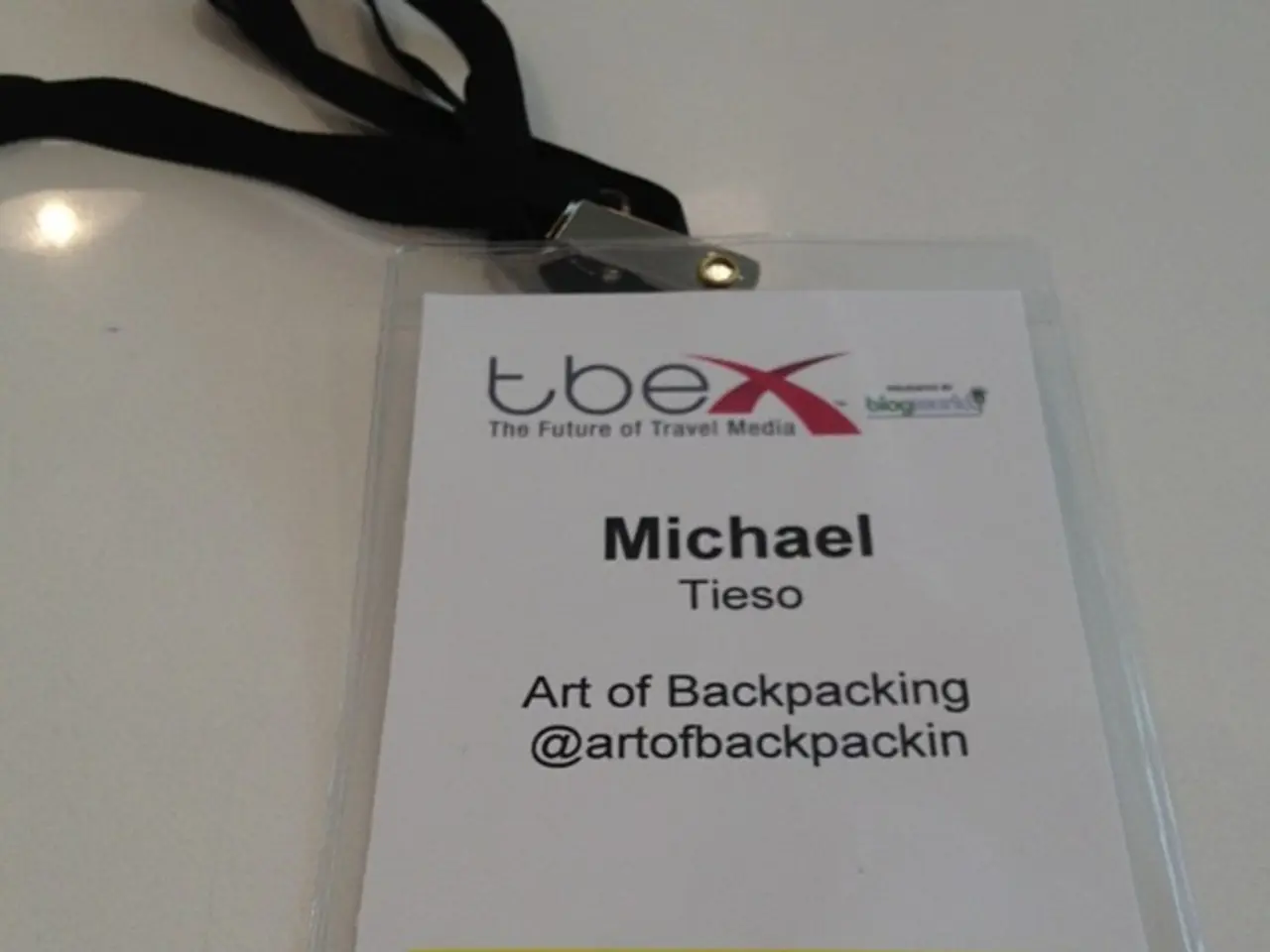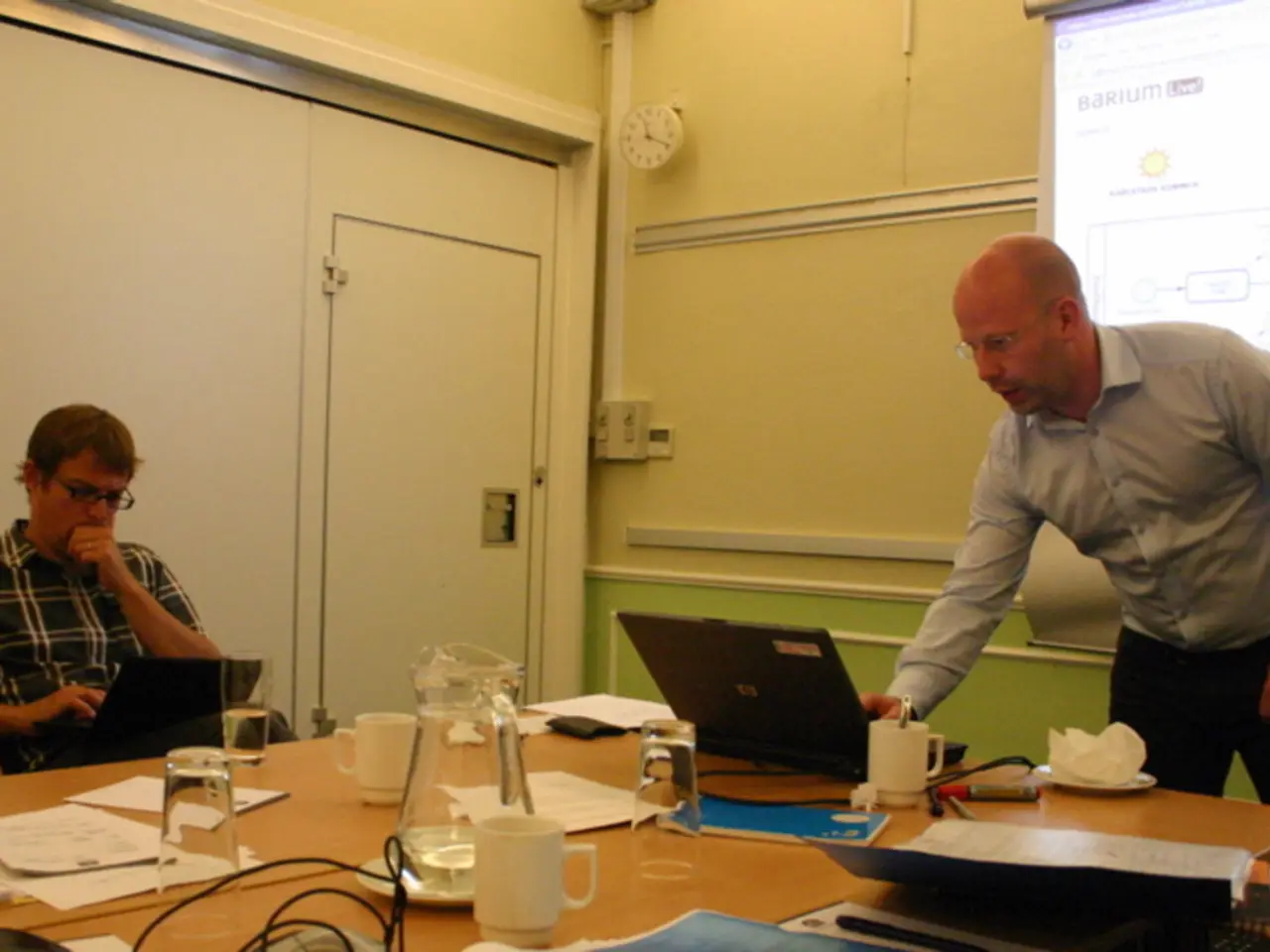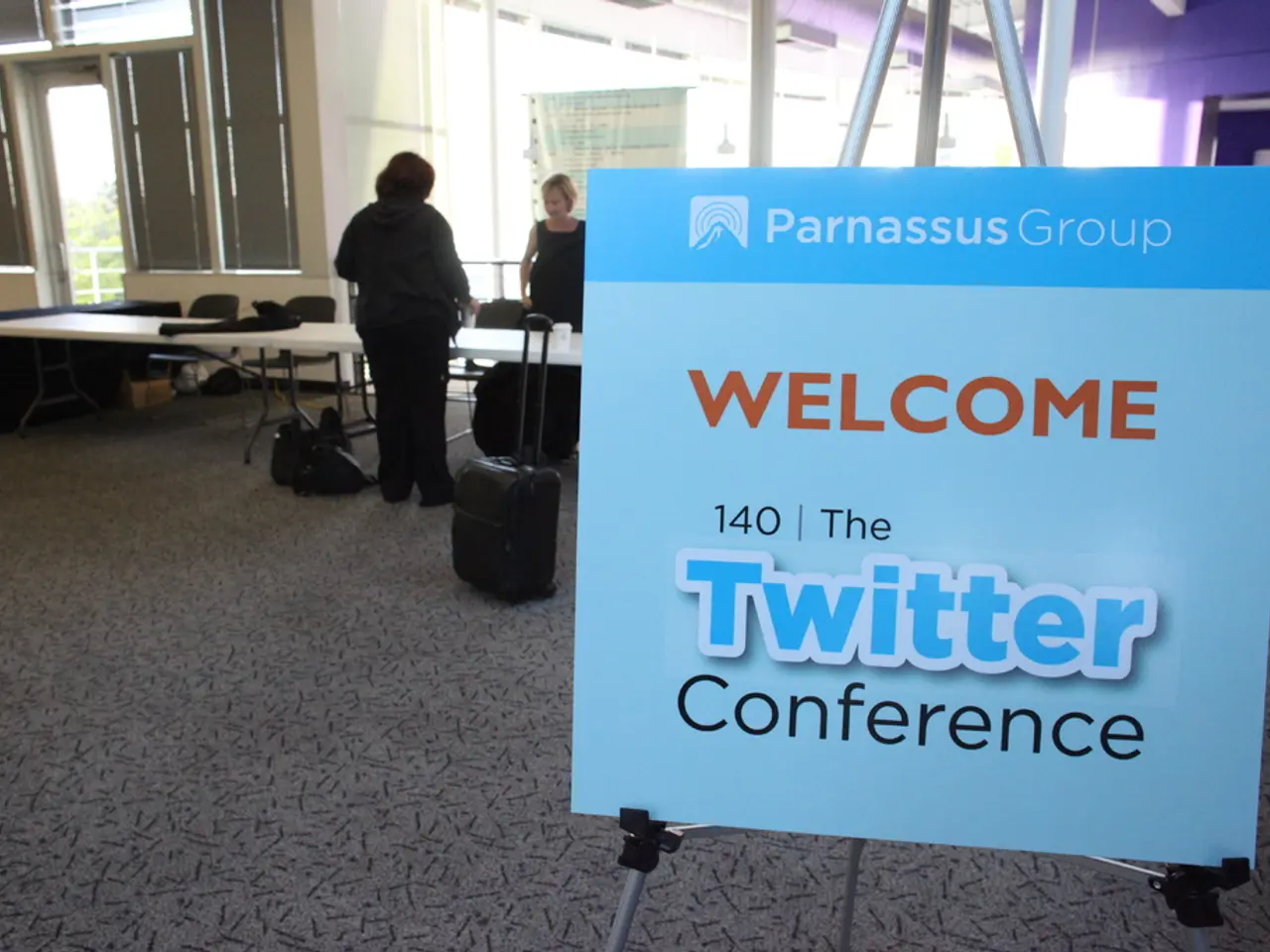Does Avoiding Contact Lead to Success? Only if You Implement This Crucial Step!
In the aftermath of a breakup, the 'no contact rule' - a strategy where one party deliberately cuts off communication - can have profound effects on individuals, particularly those with different attachment styles. This rule, often employed to create distance and potentially rekindle feelings, can lead to varying outcomes.
For those with anxious attachment styles, the no contact rule can be emotionally challenging. Due to their propensity towards separation anxiety, rooted in past feelings of neglect or abandonment, the silence triggers intense fear of rejection and abandonment. This fear often manifests as frantic attempts to re-establish contact or even panic attacks. Longer periods of no contact increase their emotional distress, making them feel ignored and unwanted.
On the other hand, people with avoidant attachment tend to keep others at emotional arm's length. No contact may be less distressing for them because they are more comfortable with emotional distance and self-reliance. However, avoidants may also retreat further during no contact periods, which can increase anxiety in their partners with anxious attachment.
Securely attached individuals generally manage feelings and conflict well. No contact might be less emotionally disruptive for them since they are more emotionally independent and able to communicate their needs openly.
It's crucial to understand that the no contact rule is not a one-size-fits-all solution. Instead, it requires an awareness of the attachment styles involved, as its effects vary widely and may unintentionally retraumatize or alienate your ex.
The no contact rule can be a healthy boundary in toxic or abusive relationships, aiding mental and physical health recovery. However, using it purely as a manipulative strategy to make someone “miss you” can be cruel and harm chances of reconciliation, especially for those with anxious attachment styles.
In essence, no contact cannot fix what communication patterns keep breaking. Attachment styles can shape the experience of no contact, with anxious attachers interpreting silence as rejection, avoidant types feeling relieved but later confused, and disorganized individuals feeling trapped in a war between longing and fear.
If you're simply waiting for a text to validate your worth, no contact is likely to backfire. For secure individuals, the no contact rule can be a helpful tool for emotional healing and self-reflection.
The free training, The Courageous Communicator, can help turn silence into self-trust and disconnection into lasting, soul-centered intimacy. Learning attachment-informed communication skills can help one feel emotionally grounded, express one's truth without fear, and inspire deeper connection without chasing.
Common reconnection pitfalls include repeating old dynamics by over-explaining or over-apologizing, letting their first message define one's worth, and confusing re-entry with reconciliation. To approach reconnection from a secure self, one should respond, not react, take a breath before answering, maintain boundaries, and lead with one's growth.
The silence in no contact isn't the point; the self-discovery is. No contact is about awakening to one's own needs, one's own voice, and one's own capacity to love oneself. The no contact rule does not guarantee that the ex-partner will return, but it can help individuals become stronger and more self-aware.
Instead of using no contact as a manipulative tool, it can be seen as a sacred pause for personal growth and emotional healing. Time is not the primary healing agent in no contact; intention is more important. The HIP Communication Formula (Heal Your Conflict Blueprints, Inspire Devotion, Practice Emotional Intimacy) can help shift the energetic patterns that sabotage relationships.
Signs that no contact is being used as a waiting room (not a healing room) include compulsively checking one's ex-partner's social media, interpreting silence as punishment, and fantasizing a reunion as one's only happy ending. For those with anxious attachment styles, the no contact rule can feel like a threat, causing panic and anxiety.
In conclusion, the no contact rule, when used wisely and with understanding of attachment styles, can be a powerful tool for personal growth and emotional healing. However, it's essential to remember that it's not a magic solution for every situation. Communication, self-awareness, and intentionality are key to navigating this period and fostering healthier relationships in the future.
- The no contact rule, particularly for individuals with anxious attachment styles, can cause emotional distress due to their fear of rejection and abandonment.
- People with avoidant attachment may find no contact less distressing, but longer periods may lead to confusion for their partners.
- Securely attached individuals often manage feelings and conflict well and may find no contact less emotionally disruptive.
- The no contact rule should not be seen as a one-size-fits-all solution, as its effects can unintentionally retraumatize or alienate your ex.
- No contact can be a healthy boundary in toxic or abusive relationships, aiding in mental and physical recovery; however, it can be harmful if used manipulatively.
- Attachment styles can shape the experience of no contact, with anxious attachers interpreting silence as rejection and avoidant types finding relief but feeling confused.
- If you wait for a text to validate your worth, no contact is likely to backfire, but for secure individuals, it can be a tool for emotional healing and self-reflection.
- The HIP Communication Formula can help shift the energetic patterns that sabotage relationships, turning the silence of no contact into self-discovery, self-trust, and increasing self-awareness for personal growth and emotional healing.




